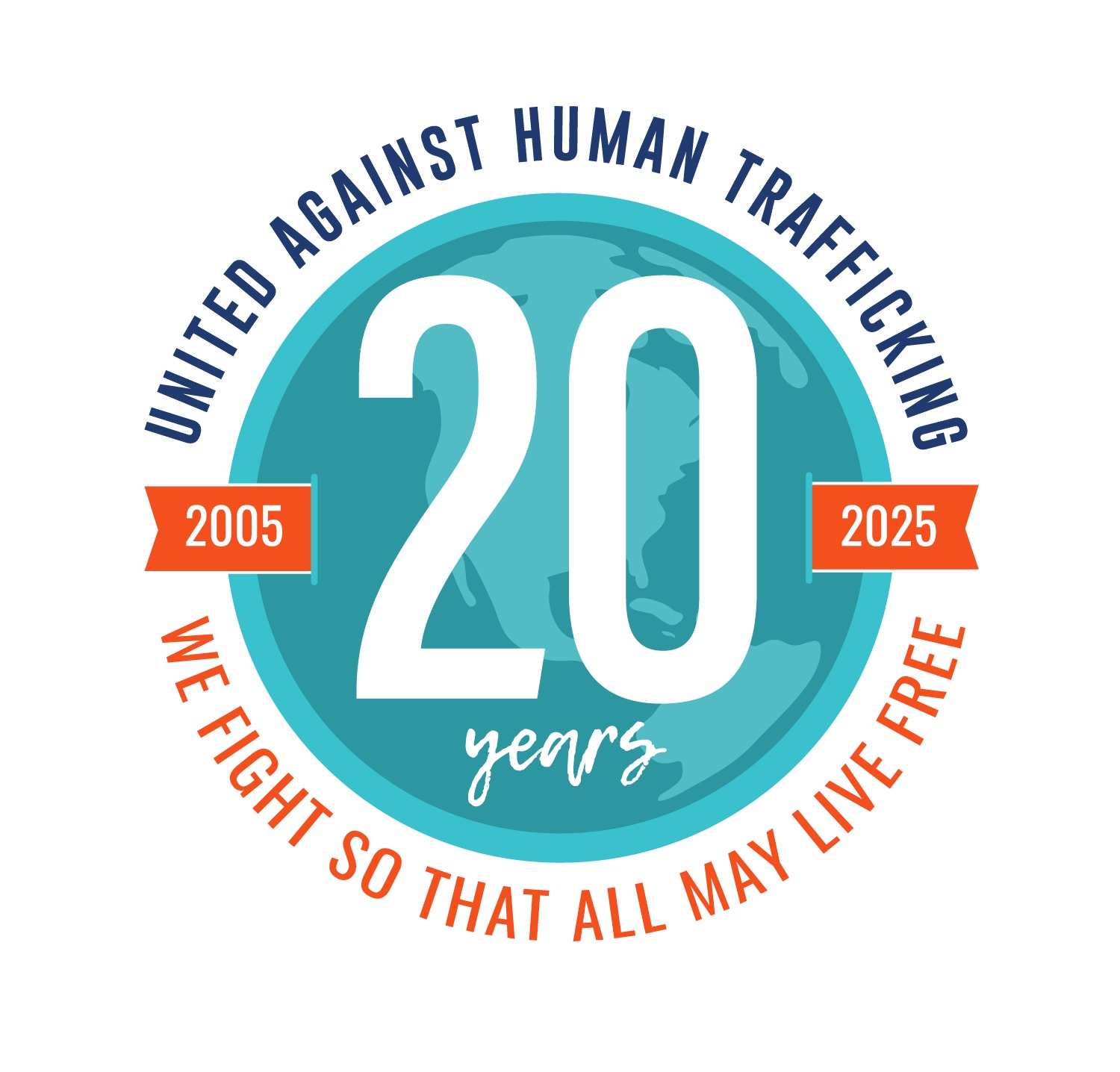UAHT is producing a five-part series on labor trafficking. Through this blog series, we are providing information and tips to identify labor trafficking!
Today, we are focusing on how to spot red flags in storefront services like nail salons, restaurants, massage parlors, spas, and auto repair shops – anywhere that provides a service.
As a customer, you may spot signs of labor trafficking in stores that you regularly visit. We want you to be equipped with the right questions to ask yourself before you report your suspicions!
Remember every case of trafficking is different, and there’s no single form. These questions are a guide, not a formula.

Staff Behavior
1. What is communication at the site like?
Who is talking? Do workers appear to be coached on what they say, closely watched when they speak, or seem unwilling or unable to communicate with others?
2. Do you notice signs of physical or emotional abuse?
This can include unexplained bruises, lapses in memory, undue anxiety, appearing malnourished, etc.

Store Environment
3. What is the work environment like?
Do you notice dangerous conditions, workers operating equipment without proper safety gear, training, adequate breaks and other protections?
4. What security measures are in place?
Are there camera monitoring entrances and employees, or unusual security measures (locks activated on the outside of doors, barbed wire facing inwards on a fence, bars on windows, etc)? This could mean that employees are heavily monitored and unable to leave on their own, and are meant to be kept in.
5. Do they appear to be living in their workplace, or come and go with their employer?
Their living situation and movement could be controlled by a trafficker.
6. Do you notice small children working?
While children do have labor rights, including the right to work, exceptionally young children or children working in unsafe or inappropriate positions is a red flag for labor exploitation.
7. Does the worker or workplace lack professional licensing?
Places like massage parlors, tattoo parlors, and nail salons are required to have licenses to operate in Texas, and you have the right to ask to see it if you don’t see one displayed.
8. Do you notice any obvious safety violations?
This could be something you see: open chemical containers, fire hazards, employees working without proper protective gear. It could also be something you notice with other senses: For example, if there is a strong smell of chemicals in a place like a nail salon, that’s a clear indicator that there’s not enough ventilation in the area.

Financial Control
9. Do workers mention owing a debt to their employer?
This is a sign of debt bondage, a common control measure by traffickers. They also might mention not being paid the wages they were promised by their employer. This is wage theft, and is a clear example of labor exploitation.
10. Who handles the money?
Are you allowed to tip the person providing the service directly, or does someone in the business make it clear that money is to be handled through another party? What is payment like—is it cash only? Do you see a third party clearly controlling all finances?

Ask Directly
If it is safe and you feel comfortable, you can ask an employee a few questions. Do not force answers.
You can strike up a casual conversaion:
11. How’d you get this job?
If they mention a romantic partner or family member pressuring them to take it, that could be an indicator. Most traffickers aren’t strangers to the victim; they’re more likely to be people the victim knows directly. It’s a relationship that is being exploited through force, fraud, or coercion, and it’s important to get stereotypes out of our heads when thinking about trafficking.
12. What made you want to start working here?
Again, if they mention pressure from partners or family members, take notice.
13. How do you like working here?
This can give the worker an opening to mention red flags on their own terms—long hours, owing a debt, their employer withholding their identification documents, and so on.

What To Do If You Notice Multiple Red Flags
Now that you have this handy list of signs, here’s what to do if you suspect labor trafficking:
1. Wait until you are off-location
In order to protect yourself and the potential victim from punishment or being moved from the location, wait until you are out-of-sight and out-of-earshot of potential traffickers.
2. Call the National Human Trafficking Hotline at 1-888-373-7888
If it has taken place in the Houston area, please contact us at United Against Human Trafficking to report your credible tip. We offer direct services, including case management for victims of human trafficking.
3. Inform others of these red flags, and let them know about the issue.
Spreading awareness is the first step in this journey towards freedom for all, and community members like you are an important part of that step. Spread the word!
Finally, continue to watch this space for more on labor trafficking! Our next segment will be focused on storefront shopping. Thank you again for dedicating your time to becoming a more informed consumer, and for your commitment to fight for a world where all can be free.

